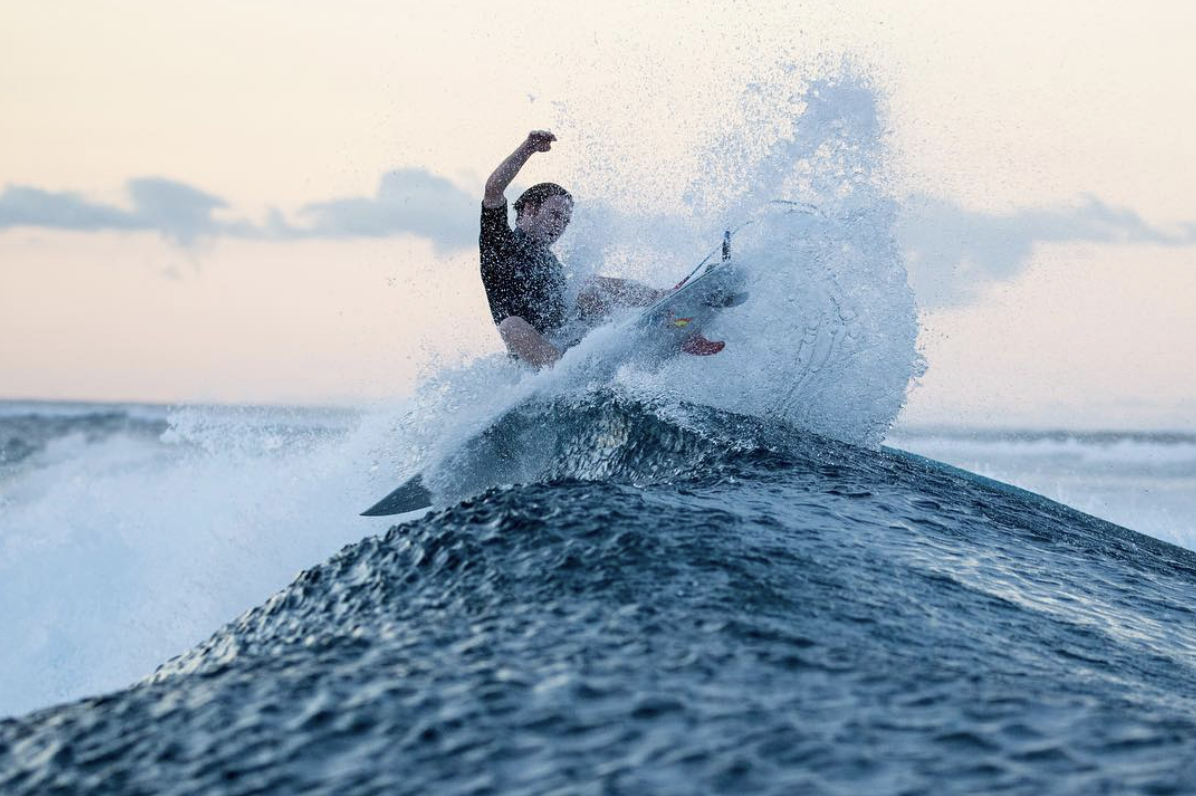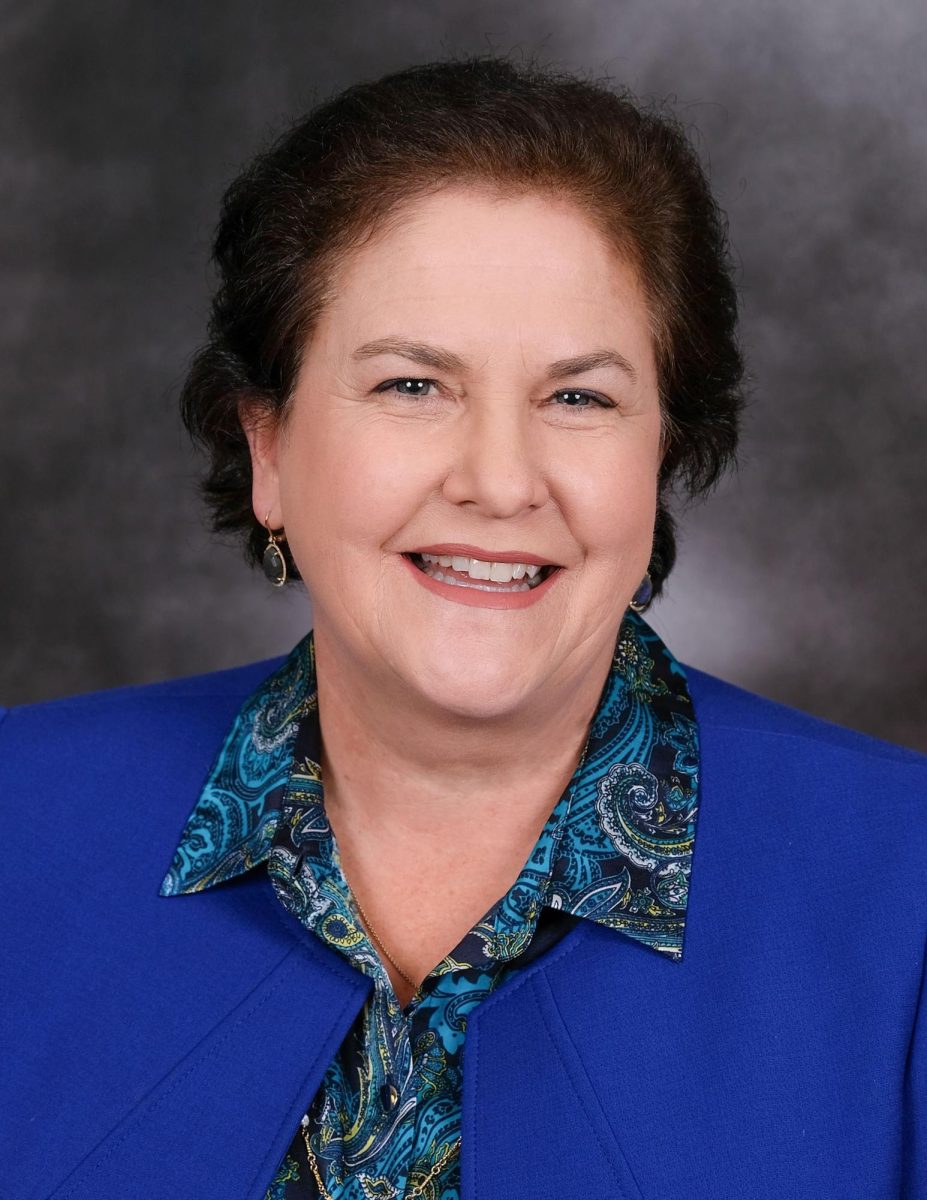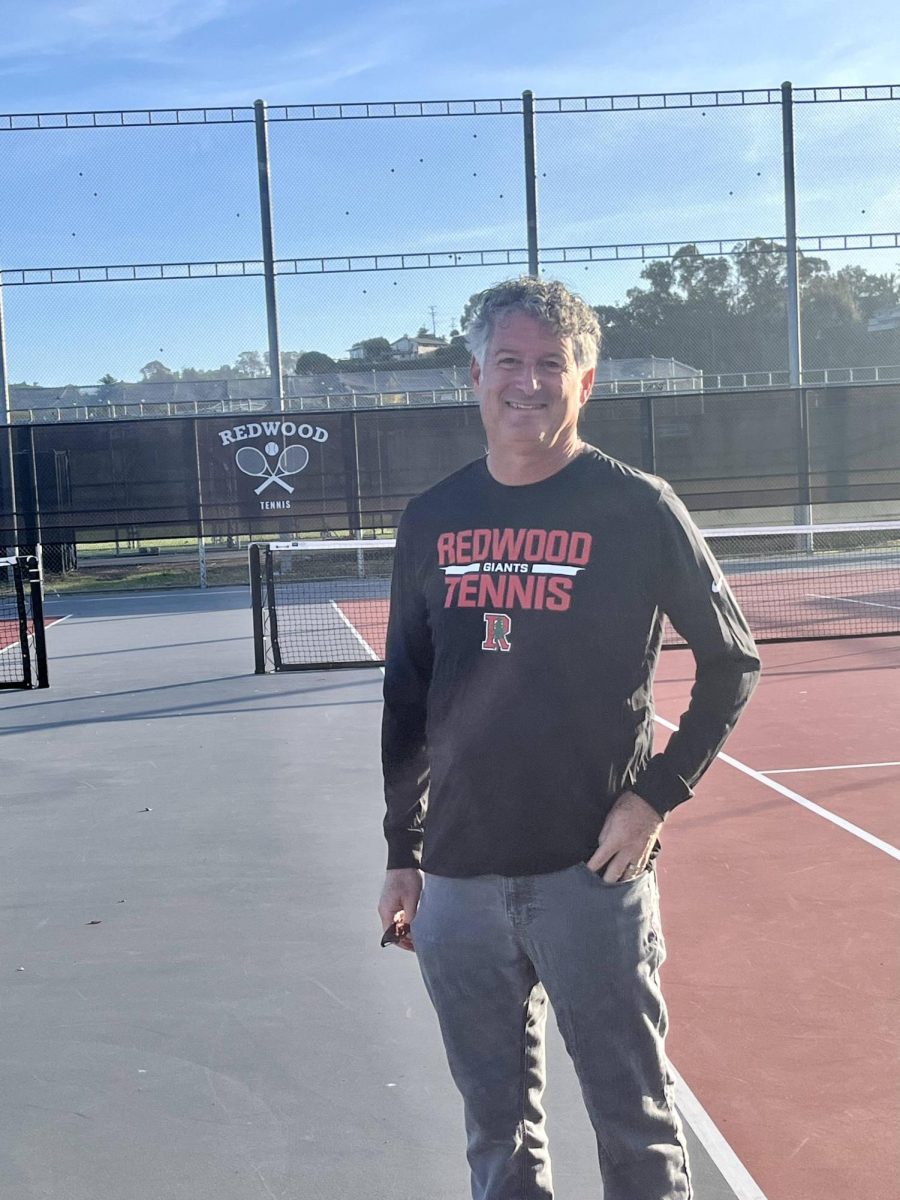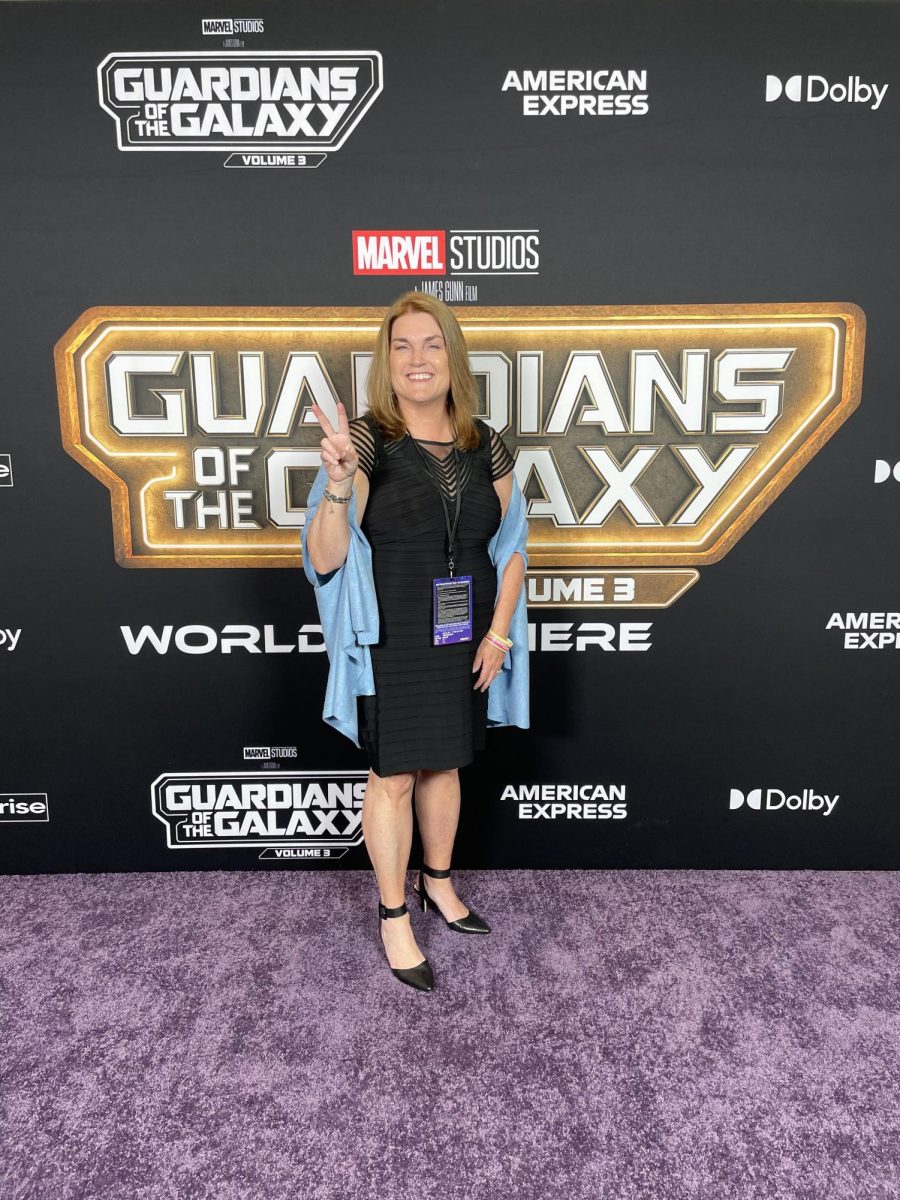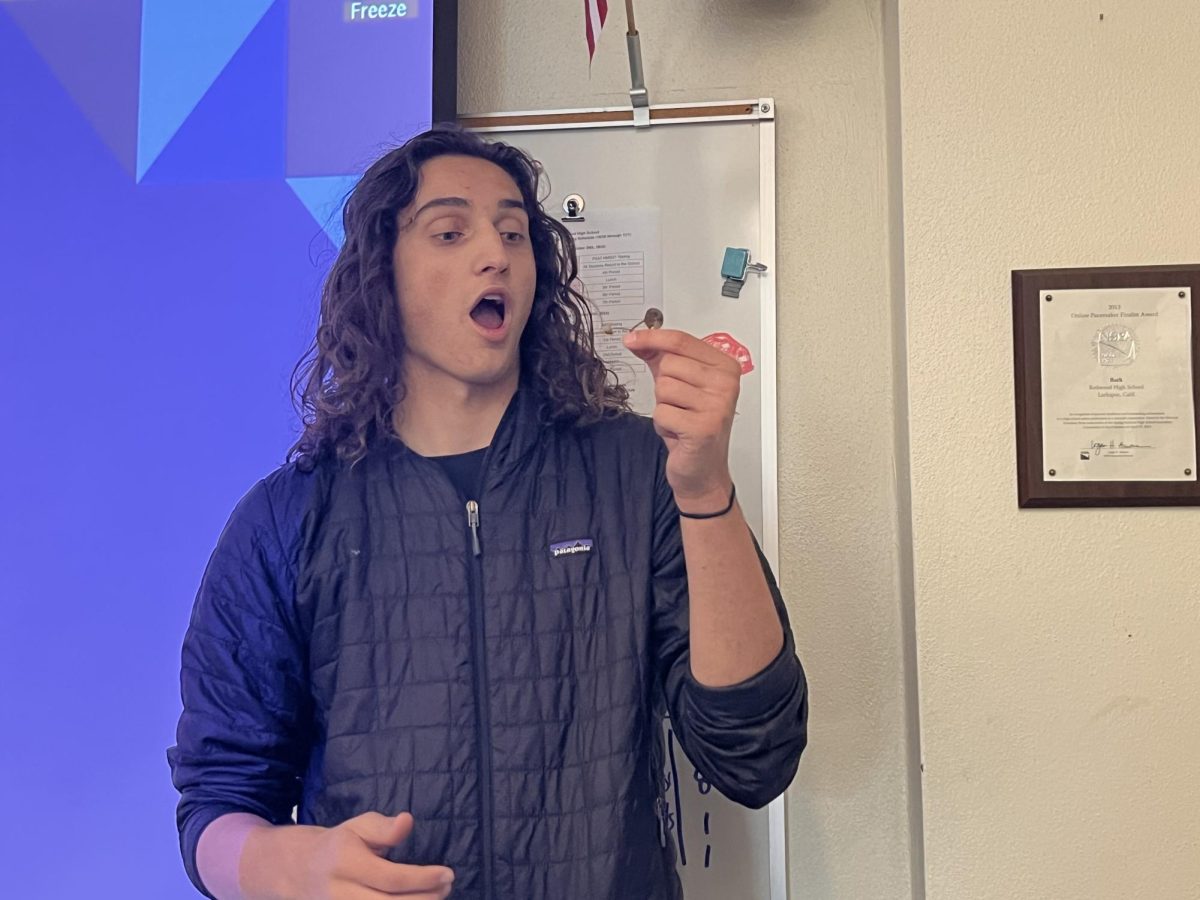October is National Breast Cancer Awareness Month and, with bracelets, shirts, and the entire NFL swathed in pink, the trademark color is everywhere. The junior varsity football team has taken to wearing pink socks during their games, after their coach gave a speech regarding the importance of supporting the breast cancer awareness movement.

Throughout the month, Marin has participated in a variety of ways to raise awareness and educate the community.
According to Dr. Francine Halberg, a radiation oncologist from the Marin Cancer Institute, Breast Cancer Awareness Month allows people in her field to further educate the general public about the importance of early detection and preventative measures that women can take. For many years, Halberg has given lectures every October.
The effects of breast cancer have not escaped Redwood High School.
Senior Maureen McLennon’s mother was diagnosed with breast cancer last year and is currently in recovery.
“I feel like people have been very supportive with our situation,” McLennon said. “People are really aware about breast cancer and trying to make a difference. My church brought us meals, which is really helpful. If someone has it, the best way is to be there for the family and give them support.”
McLennon is a member of Redwood’s Point of Action club, which recently held a walk in honor of breast cancer awareness. The money they raised was sent to the Susan G. Komen Foundation.
“If a parent has a major illness, that clearly has an effect—like a bomb going off in the living room of the family. It can be a very difficult time. I will say that Marin is generally a good community that we live in. People do try to make an effort to help each other,” Halberg said.
Although noted as being an extremely healthy county, Marin has one of the highest rates of breast cancer in not only the United States, but the world. Many oncologists speculate that this is because of the demographics in Marin, not due to environmental factors.
“There are certain groups of people that just have inherently higher risk, such as being Caucasian, and having a higher socioeconomic status, which often means delayed childbirth,” Halberg said. “Women in Marin also drink more alcohol—they’re not necessarily alcoholics, but having more than four drinks a week raises your breast cancer risk.”
Dr. Halberg added that prevention at early ages is very important, especially for teenagers.
“If you exercise more than four to five hours a week, you decrease your breast cancer risk. Exercise shown to improve your immune system function,” she said. “Also, it’s important to maintain a healthy weight, eat fruits and vegetables, and not drink too much alcohol, which increases estrogen levels.”
On Oct. 9, the Third Annual Breast Health Forum was held at the Mill Valley Civic Center.
Maria Dalmacio, from the Marin Breast Center, said that her office sees a large influx of women who come in to get checked during October.
“It’s because we make [our goal] more public. The key is early detection,” Dalmacio said.
The forum featured four women physicians as keynote speakers—two of the women were medical and surgical oncologists and two were radiologists. They individually lectured on the topic of the evening, which was “Breast Cancer: The Myths and Facts.”
Halberg praised having a month dedicated to awareness.
“To be able to empower women to take care of their health is a good thing,” she said.



